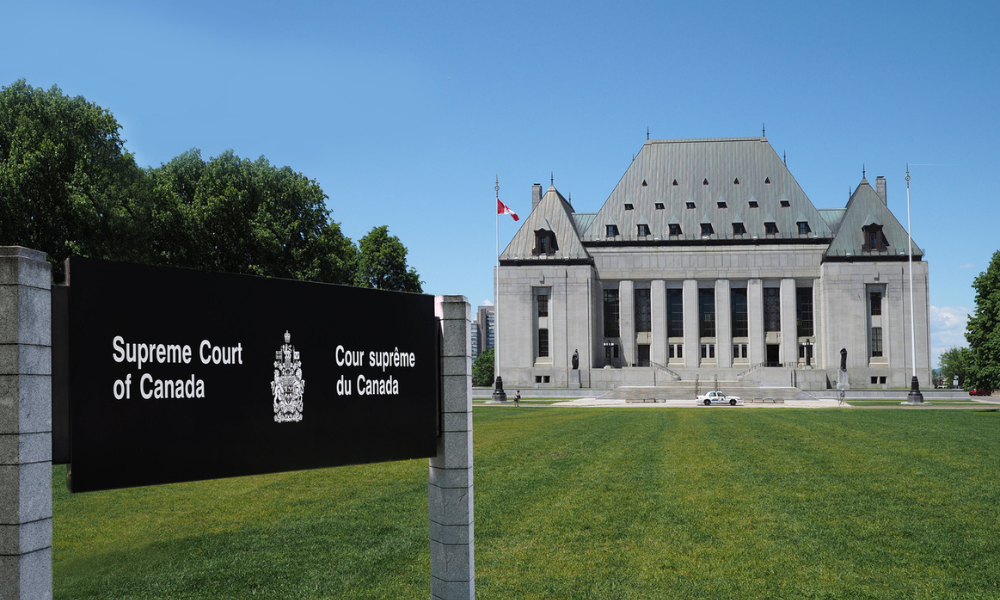Amendments to the Federal Court rules on expert witnesses were adopted on Aug. 4, 2010. Overall, the amendments are designed to encourage experts to be more objective and allow the court to be more efficient when dealing with expert evidence. It will require the co-operation of counsel for the more radical changes of having experts confer before trial and/or testify concurrently at trial — commonly known as “hot tubbing” — to become standard practice. At a recent conference among intellectual property practitioners, Justice Roger T. Hughes of the Federal Court, one of the architects of the amendments, issued a challenge to the bar to do just that.
The amendments can be summarized in six points. First, parties are permitted to name one joint expert. Joint expert reports are almost certain to be well-received by the court but will add a layer of cost given the difficulty litigants have agreeing on anything, let alone important evidence.
Second, experts must adhere to a code of conduct that includes a duty to the court to be objective and sets out the minimum content for expert reports. The experts’ duty to the court overrides any obligation to the party that hired them. The code uses the words “impartial,” “independent,” “objective,” and “not an advocate.” The code should impress upon experts that the court is looking to them for objectivity and bring more structure to their reports.
Third, the Canada Evidence Act requirement that leave be sought before more than five experts are called is now part of the rules. The court is to consider the amount in dispute when deciding whether to grant leave. It will be interesting to see whether the court will permit parties involved in complex high-stakes patent cases to call multiple experts but require them to confer before trial to see what they can agree on and/or to testify together at trial to reduce the trial time (see points five and six below).
Fourth, parties are required to state objections regarding the expertise of the other side’s expert as early as possible. Since 2006, the Federal Court rules have required that expert reports be exchanged at the pretrial stage. Now the rules also suggest that objections to the admissibility of the other side’s expert evidence be raised at the pretrial stage. This should save trial time that would otherwise have been taken up with cross-examinations on qualifications.
Fifth, the Federal Court can order opposing parties’ experts to confer before trial to narrow the issues and identify the points on which their views differ. Counsel and their parties have the right to attend these conferences but they do not have to attend. The discussions and notes of the conference are confidential and not to be used at trial, but a joint report would be admitted into evidence at trial. This is a marked departure from the current rules and practice and will require the co-operation of counsel to be used effectively. Today, opposing expert witnesses would not typically speak to each other about the case, before, during, or after the trial. If the court forces experts to confer directly over the objections of counsel, time and energy may be wasted debating the issues. However, the rule does create a real incentive for counsel to prepare joint reports in the first place despite the added cost.
The sixth point deals with “hot tubbing,” where opposing parties’ experts give their evidence at trial concurrently. Experts on an issue give their evidence in chief sitting alongside each other while engaging in a discussion with the court and directly with one another. The idea is for court time to be reduced by having more than one expert’s evidence received at the same time and for experts to be more objective about where the common ground lies and the basis for their expert opinion when giving their evidence alongside other qualified experts. On the other hand, more dominant personalities will tend to drown out the voices of the meek and the transcript of the expert evidence will undoubtedly be more difficult to follow.
To the writer’s knowledge, the conferring and concurrent evidence rules have not yet been implemented in Canada. There will undoubtedly be growing pains as counsel and the court become familiar with these new processes for trying cases involving expert evidence.
Adam Bobker is a partner in the litigation practice group of Bereskin & Parr LLP in Toronto.







